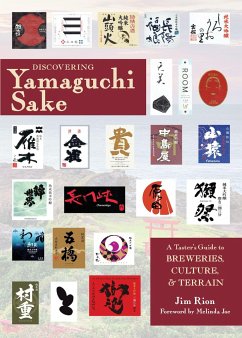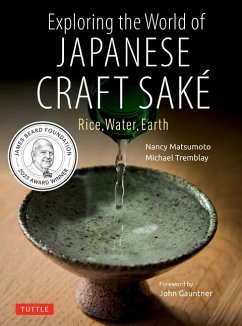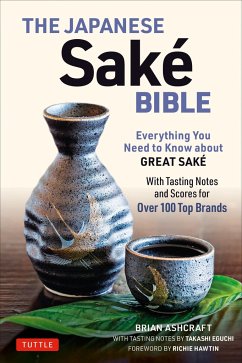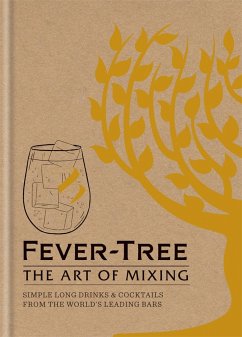John Gauntner
Broschiertes Buch
Sake Confidential
A Beyond-the-Basics Guide to Understanding, Tasting, Selection, and Enjoyment
Versandkostenfrei!
Versandfertig in 1-2 Wochen
Weitere Ausgaben:

PAYBACK Punkte
8 °P sammeln!




An American sake expert takes you to a whole new level of insider knowledge and expertise
John Gauntner is recognized as the world's leading non-Japanese sake expert and educator. He has lived in Japan since 1988, and has worked in the sake industry promoting and educating since 1994. He has written seven books, including two ebooks, across two languages and hundreds of articles on the topic, and is known for his for his uniquely concise and passionate way of conveying all aspects of sake, sake enjoyment, sake culture, sake history, and brewing technology. John also conducts several Sake Professional Courses each year for sake professionals and aficionados. Known as "The Sake Guy," John is the only non-Japanese certified Master of Sake Tasting in the world, and has also achieved the very difficult Sake Expert Assessor certification from Japan's National Research Institute of Brewing. No other non-Japanese in the world has both of these certifications. He also received the Sake Samurai award in 2006, the first year it was awarded. John has been quoted and/or mentioned in sake related articles in countless publications including The New York Times, Newsweek, Forbes, Business Week , and Rolling Stone. He has spoken at Harvard, Yale, and Columbia Universities, Wharton School of Business, and countless other venues across the US and Japan. Much of each winter he is traveling around Japan, visiting breweries regularly and constantly learning. Other efforts at educating and edifying about sake include a free monthly sake newsletter (www.sake-world.com) and various digital products and e-books. John is also author of Sake's Hidden Stories and The Sake Notebook, both self-published ebooks, and coauthor of Sake Pure and Simple (Stone Bridge Press, 978-1880656372, now OP).
Produktdetails
- Verlag: Stone Bridge Press
- Seitenzahl: 186
- Erscheinungstermin: 10. Juni 2014
- Englisch
- Abmessung: 229mm x 114mm x 12mm
- Gewicht: 218g
- ISBN-13: 9781611720143
- ISBN-10: 1611720141
- Artikelnr.: 39565349
Herstellerkennzeichnung
Libri GmbH
Europaallee 1
36244 Bad Hersfeld
gpsr@libri.de
Für dieses Produkt wurde noch keine Bewertung abgegeben. Wir würden uns sehr freuen, wenn du die erste Bewertung schreibst!
Eine Bewertung schreiben
Eine Bewertung schreiben
Andere Kunden interessierten sich für














